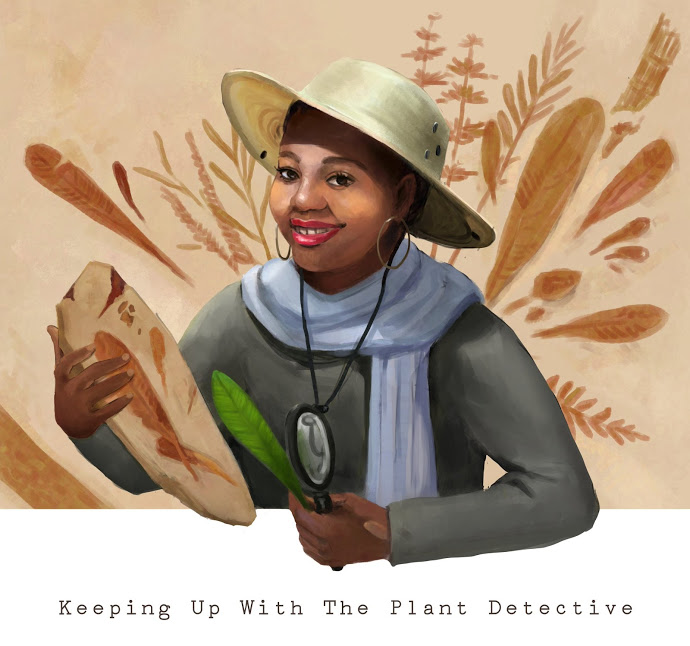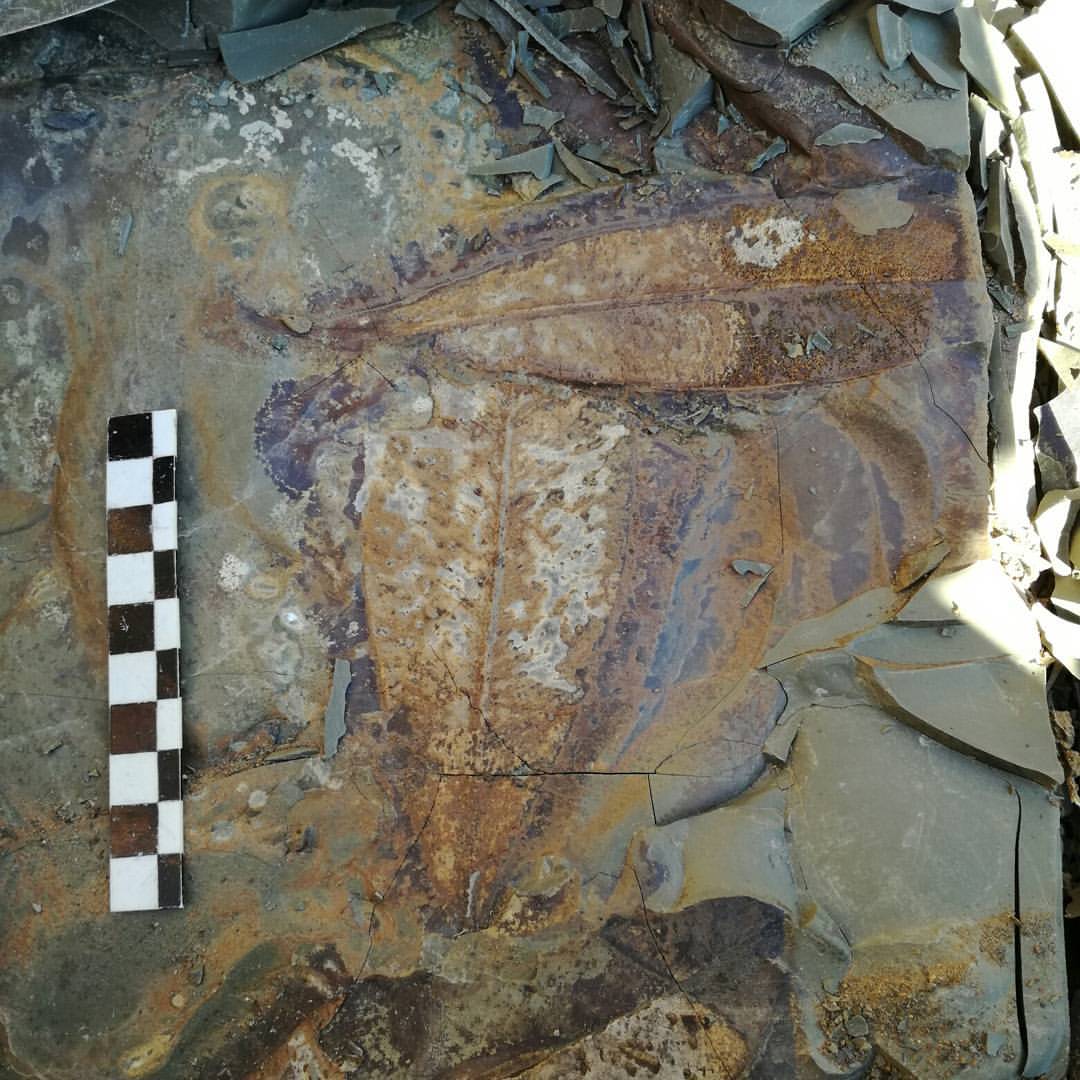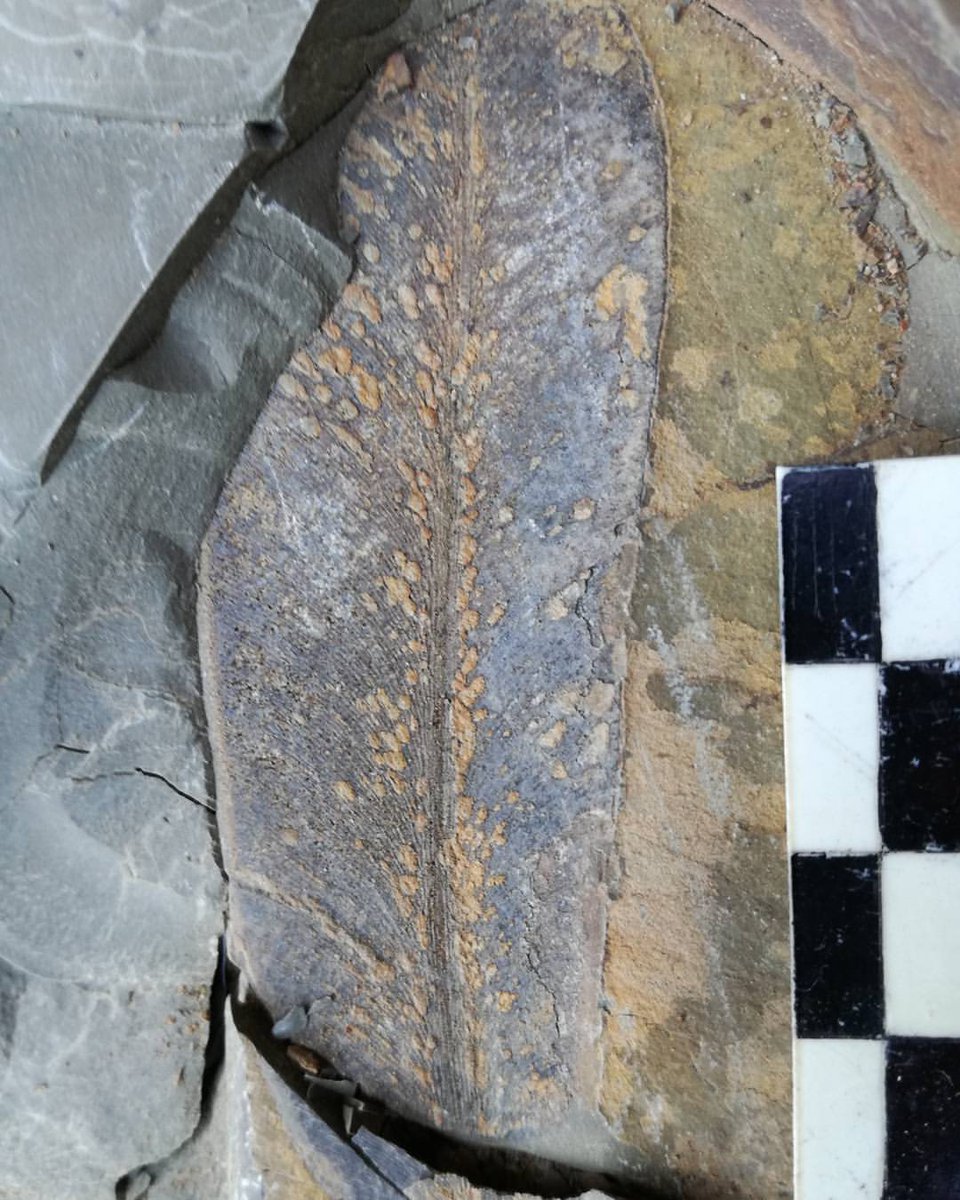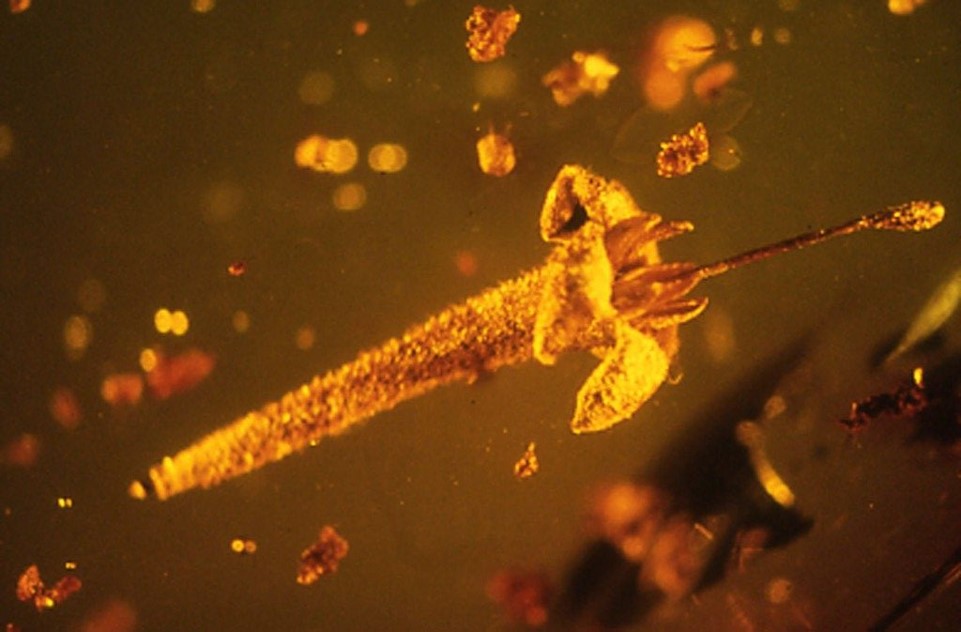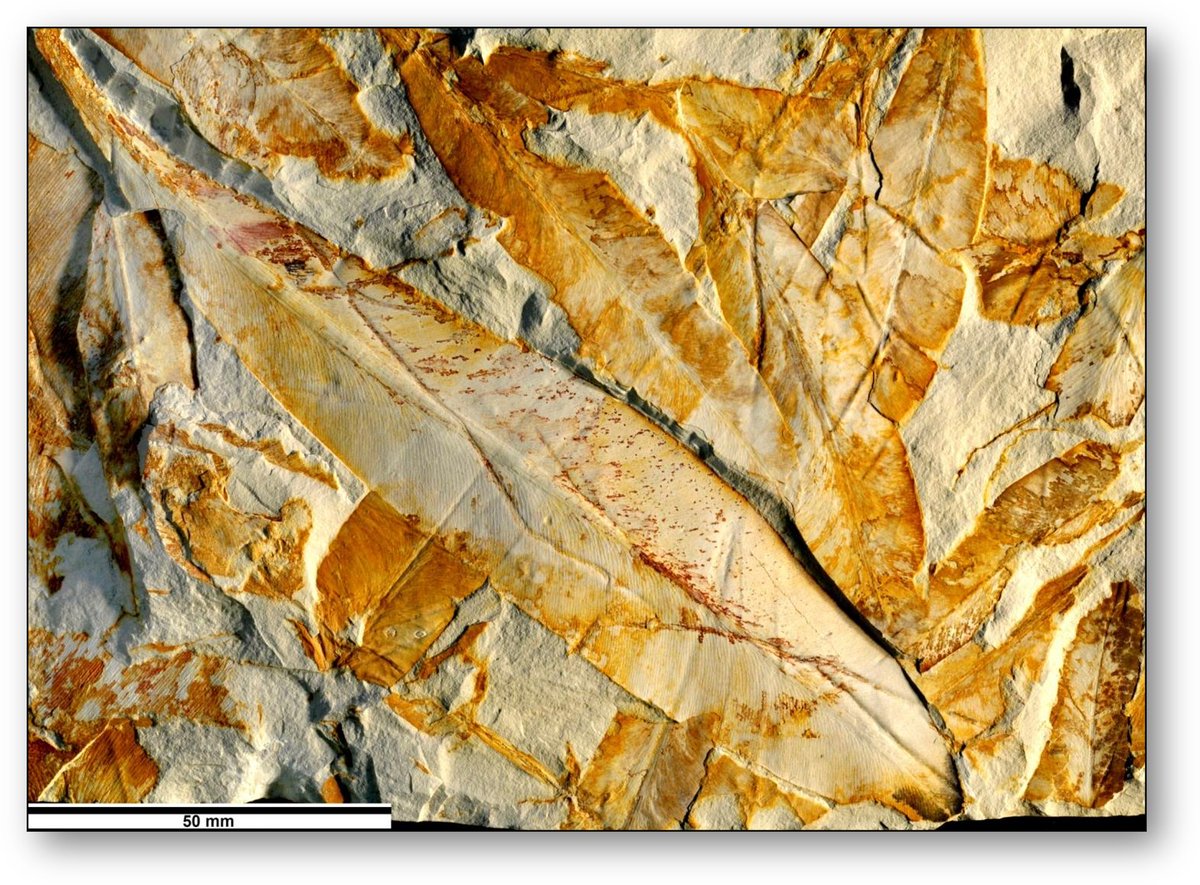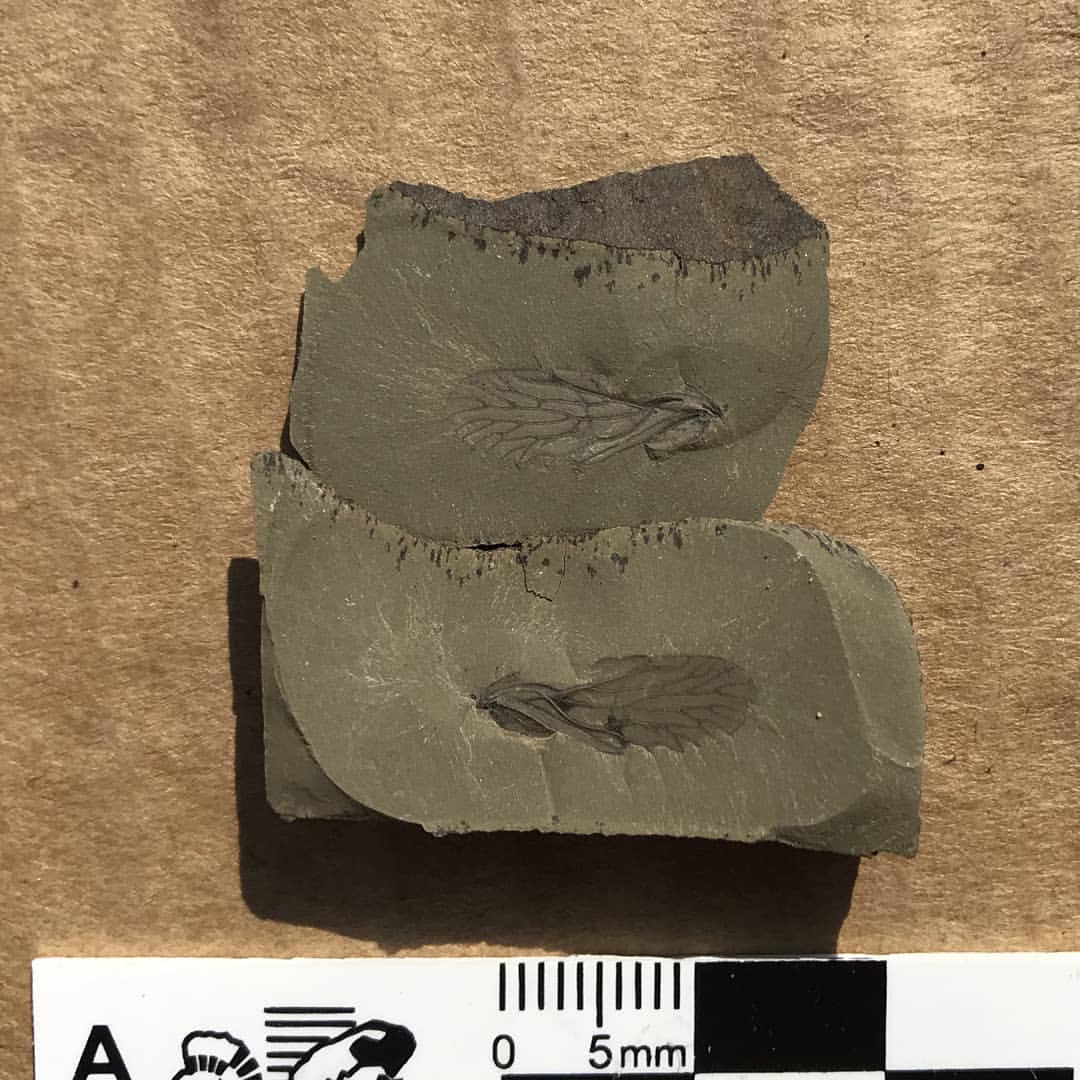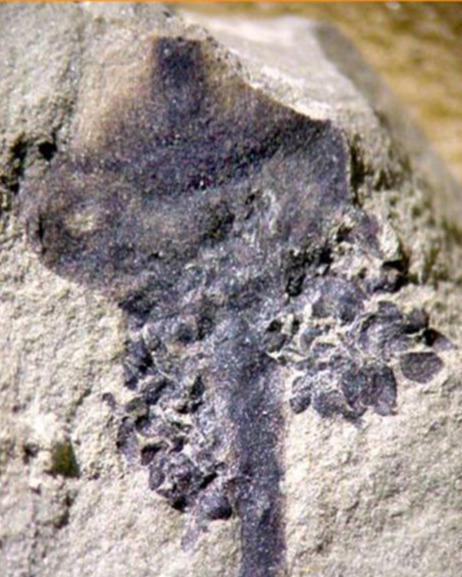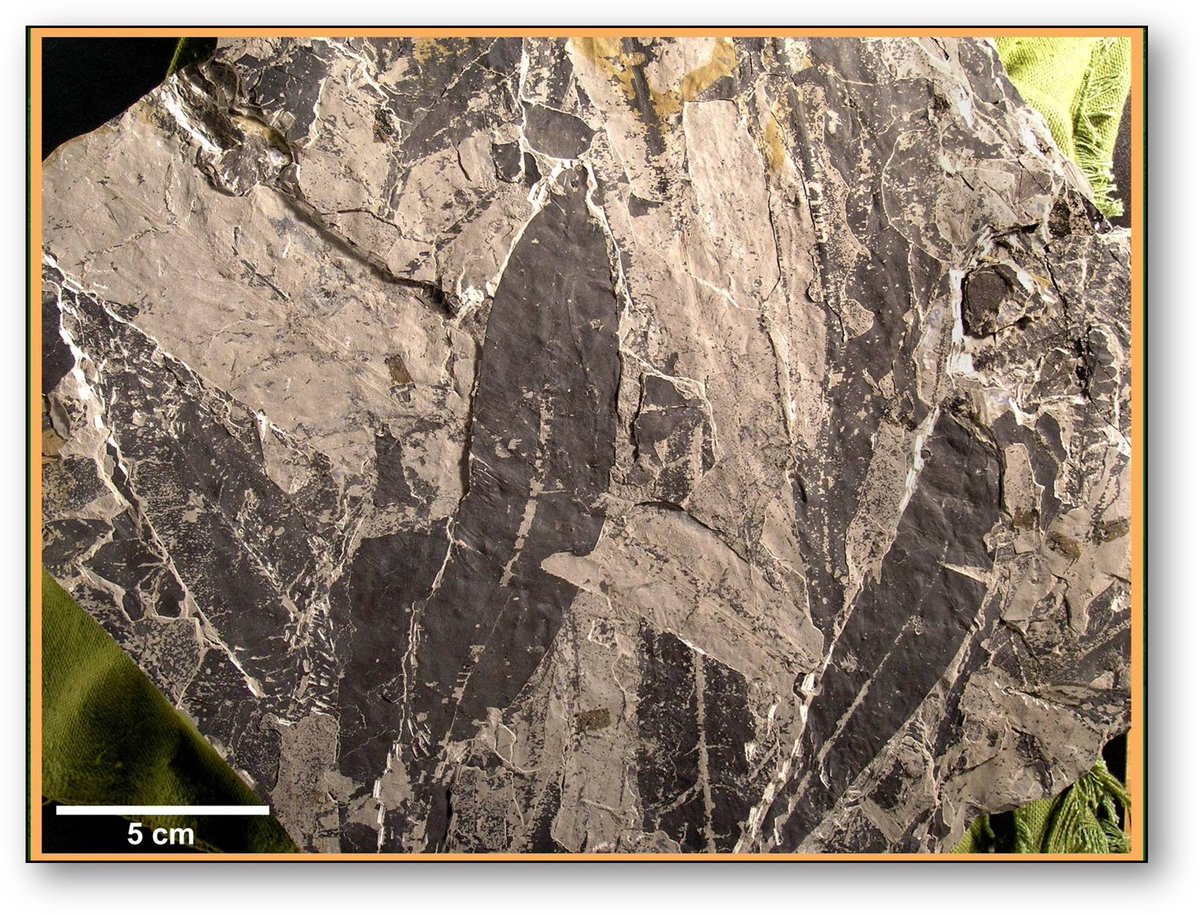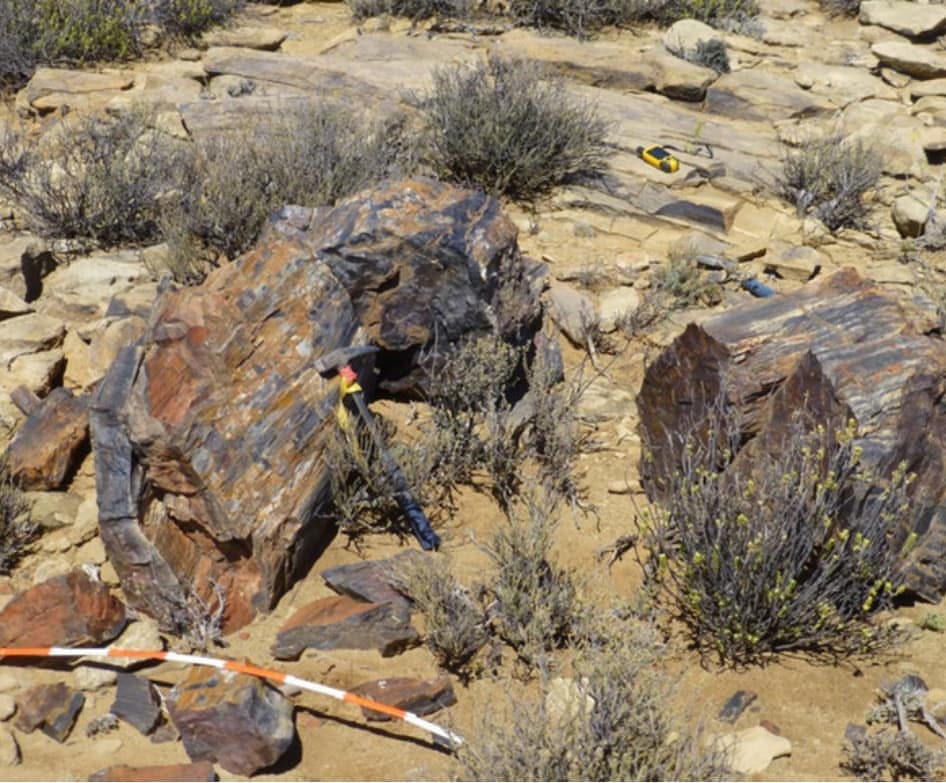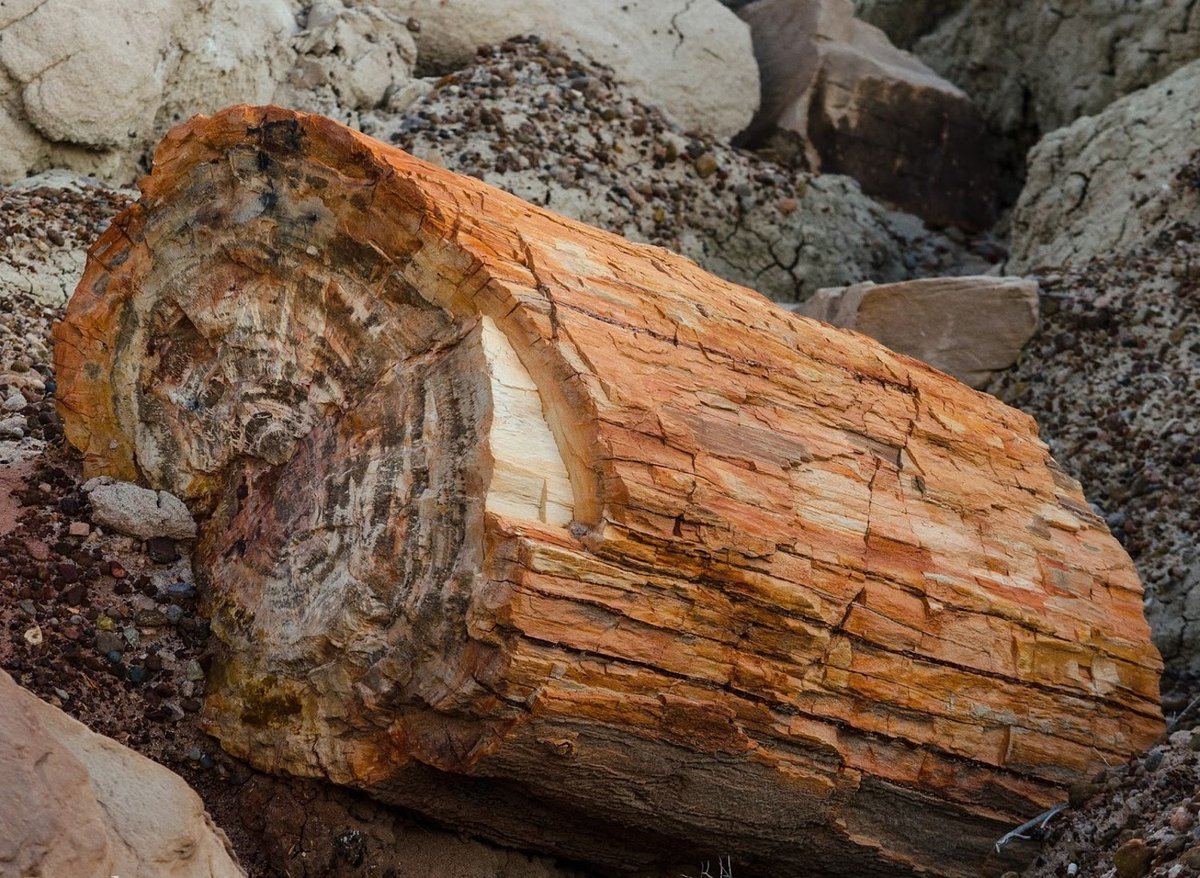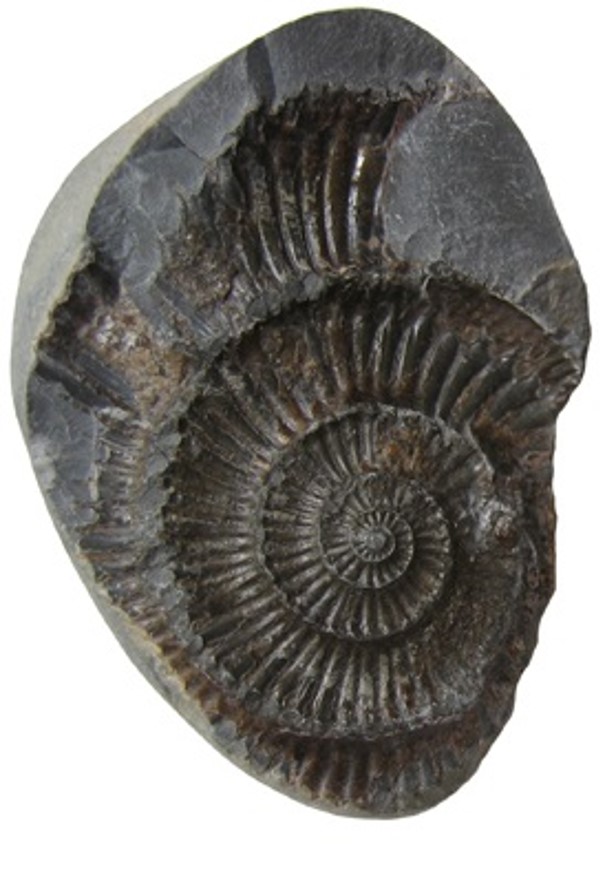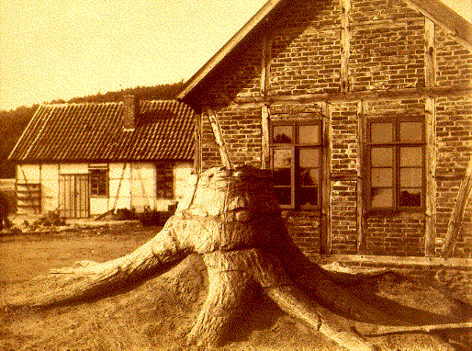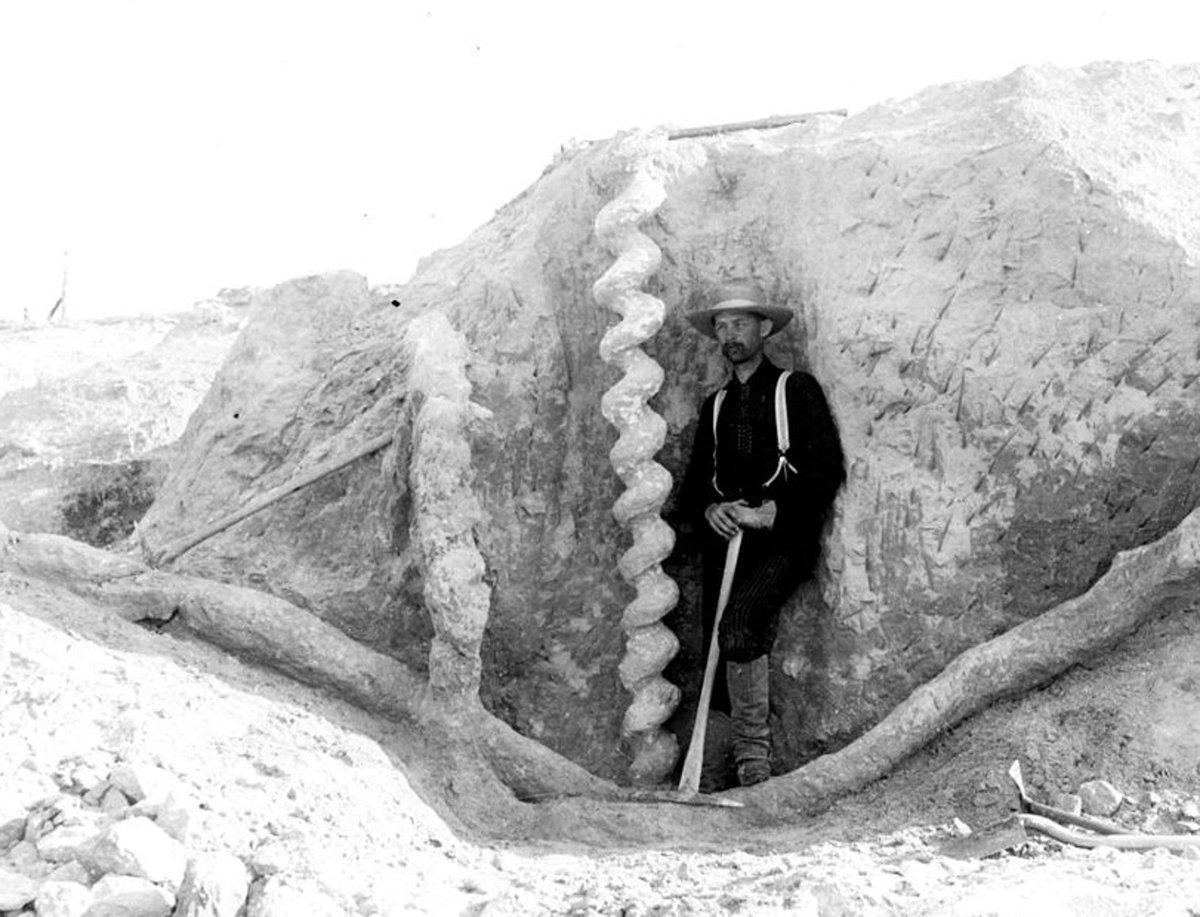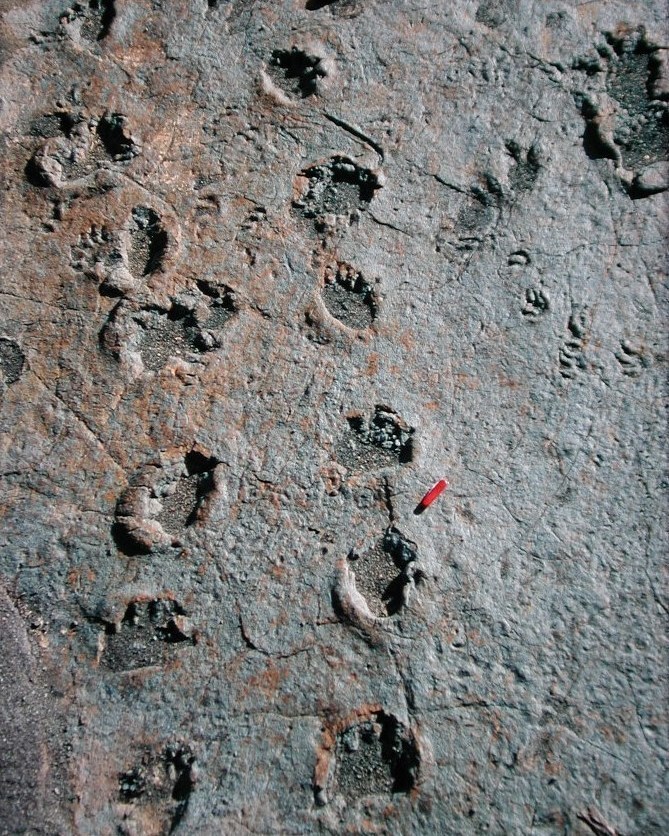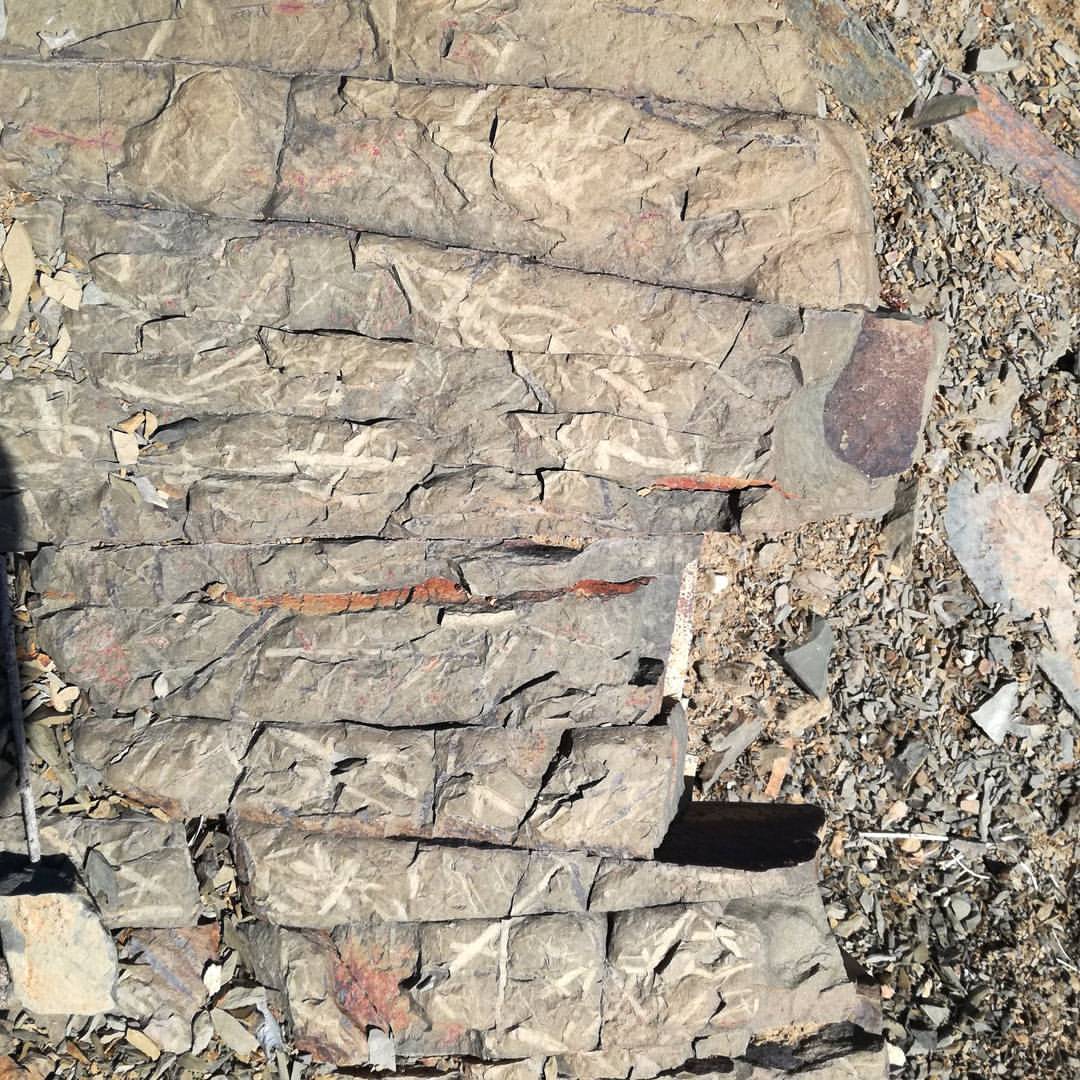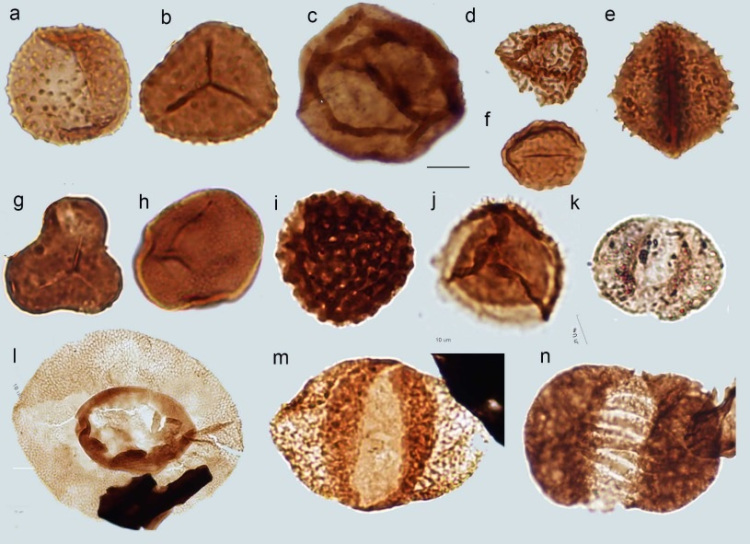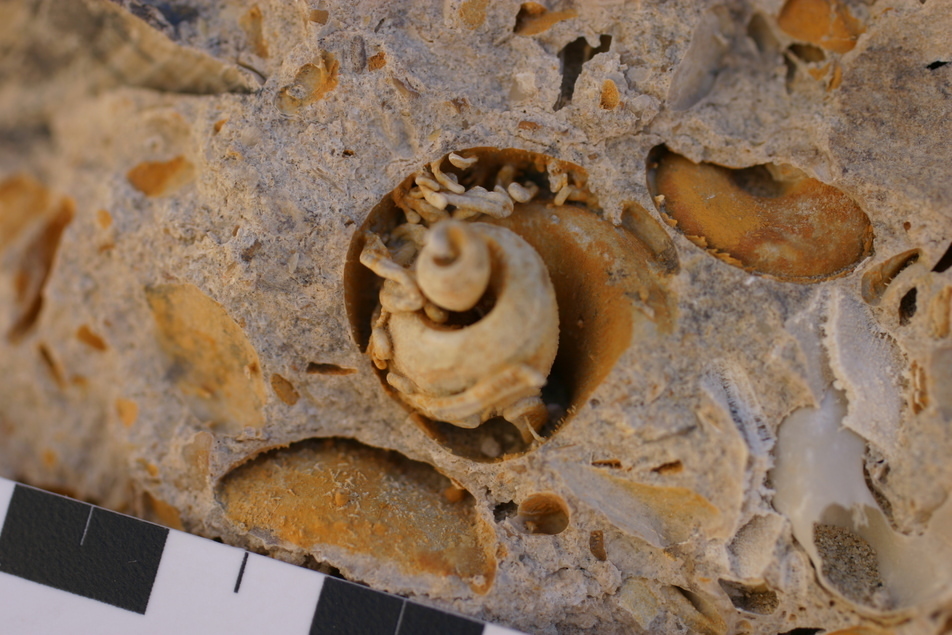Episode 4: Fossil Formation/Preservation
On this episode of "Keeping Up with the Plant Detective", we present different types of fossil preservation/formation.
PLEASE NOTE: A fossil can represent more than one preservation type.
 : @ncdraw
: @ncdraw
#FossilFriday #scicomm #blackinstem
On this episode of "Keeping Up with the Plant Detective", we present different types of fossil preservation/formation.
PLEASE NOTE: A fossil can represent more than one preservation type.
 : @ncdraw
: @ncdraw #FossilFriday #scicomm #blackinstem
Fossil Formation :
remains, impressions, traces of an organism preserved in rocks.
shells, bones, seeds, pollen & hard parts readily preserved.
leaves, flowers & soft tissues may be fossils under favourable conditions.
remains, impressions, traces of an organism preserved in rocks.
shells, bones, seeds, pollen & hard parts readily preserved.
leaves, flowers & soft tissues may be fossils under favourable conditions.
Fossil Formation (conti.):
quick death and burial aids formation of future fossils.
organisms or bits of organisms buried in sediments.
accumulation of sediments, compression, forms sedimentary rock.
quick death and burial aids formation of future fossils.
organisms or bits of organisms buried in sediments.
accumulation of sediments, compression, forms sedimentary rock.
1. Intact fossil
Preservation of original material e.g.
•Freezing
•Desiccation (mummification)
•Set in amber (tree resin)
 :30 million-year-old fossil, the earliest record of Asterids in the New World https://doi.org/10.1038/nplants.2016.5
:30 million-year-old fossil, the earliest record of Asterids in the New World https://doi.org/10.1038/nplants.2016.5
Preservation of original material e.g.
•Freezing
•Desiccation (mummification)
•Set in amber (tree resin)
 :30 million-year-old fossil, the earliest record of Asterids in the New World https://doi.org/10.1038/nplants.2016.5
:30 million-year-old fossil, the earliest record of Asterids in the New World https://doi.org/10.1038/nplants.2016.5
2. Compression/Impression
Used interchangeably but different:
Impression – organism decays completely. Only the contour of the organism remains.
Used interchangeably but different:
Impression – organism decays completely. Only the contour of the organism remains.
2. Compression/Impression (conti.)
Compression: Carbonization – soft remains preserved as a thin carbonaceous film (rapid burial + anaerobic conditions).
Compression: Carbonization – soft remains preserved as a thin carbonaceous film (rapid burial + anaerobic conditions).
3. Replacement / Permineralization / Petrification
dissolved minerals infiltrate tissues & replaces organic material.
dissolved minerals infiltrate tissues & replaces organic material.
4. Cast/Mold fossil (conti.)
cast: replica formed by filling mold (sediment or minerals). Simple put molds are like an empty ice cube tray and casts are the actual ice cubes after water has been placed in the tray and frozen.
 : Stem base of Sigillaria
: Stem base of Sigillaria
cast: replica formed by filling mold (sediment or minerals). Simple put molds are like an empty ice cube tray and casts are the actual ice cubes after water has been placed in the tray and frozen.
 : Stem base of Sigillaria
: Stem base of Sigillaria
5. Trace Fossils
-Evidence/record of the activity of an animal e.g. Tracks, Burrows, Coprolites (fece )
)
-Plant growth e.g. Root cavities
- Including what I refer to as “Trapped kinetic energy” e.g. seabed wave ripples
-Evidence/record of the activity of an animal e.g. Tracks, Burrows, Coprolites (fece
 )
)-Plant growth e.g. Root cavities
- Including what I refer to as “Trapped kinetic energy” e.g. seabed wave ripples
6. Micro-fossilization
Microfossils are plant or animal remains that are microscopic in size e.g. bacteria, plant and animal bits.
Microfossils are plant or animal remains that are microscopic in size e.g. bacteria, plant and animal bits.

 Read on Twitter
Read on Twitter